THE LOST CITY OF Z Review
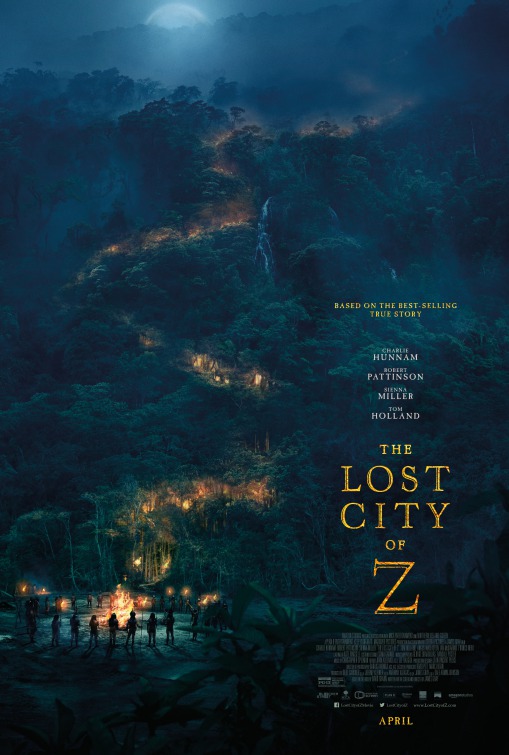
Director: James Gray
Genre: Adventure, Biopic
Year: 2017
It’s been four years since James Gray released his New York tragedy, THE IMMIGRANT, a film that, despite its critical acclaim and all-star cast, found itself on the backburner during awards season. I personally saw little merit in Gray’s take on the immigrant experience, but that didn’t keep me from anxiously seeking out his latest cinematic endeavor: the lavish, sprawling epic THE LOST CITY OF Z. The phrase “films like this don’t get made anymore” is tossed around quite a lot these days, from the musical revival of LA LA LAND to the old-school horror fare of A CURE FOR WELLNESS. But with THE LOST CITY OF Z, James Gray has stumbled upon a complex avenue that quite literally has never been explored before: the iconic, adventurous, fish-out-of-water staples of LAWRENCE OF ARABIA reduced to a far more humanistic portrayal of a man’s discourse on savagery, family, and spiritual guidance within a burgeoning modern society.
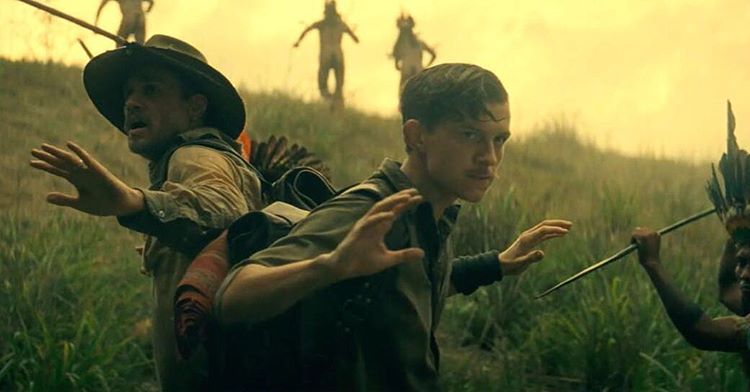
Still: KONG: SKULL ISLAND
Charlie Hunnam plays Percival Fawcett, a major in the British army who finds himself slap bang in the middle of a borderline impossible quest to map the depths of the Amazonian jungle. In tow with a team of fellow adventurers—boasting a phenomenal turn from Robert Pattinson—Fawcett is caught in between the fall of 19th century Europe and the ancestral remains of a highly undervalued native culture. Fawcett’s fascination with the Amazonian peoples isn’t looked upon too kindly by his fellow Englishmen: academics who refuse to acknowledge the native inhabitants as anything other than savages. This parallel comes to blistering contrasts when Fawcett witnesses the inhumanities of American slavery and the first World War, forcing him to question his own prejudices without ever depicting him as a man of moral infallibility.
As an individual, Fawcett is deeply complex, and that is perhaps Gray’s most exciting spin on the story. This isn’t a man of great nobility, honor, decadence, failure, or cruelty, but rather a forward-thinking, almost Bohemian geologist who finds himself both selfishly obsessed with the unknown and heroically willing to open himself to the Amazon’s native tribesmen. Much like T.E Lawrence, Fawcett was a man who saw past cultural differences and British elitism, but unlike David Lean’s iconoclast, Fawcett operates in a far more complex gray area. He virtually abandons his family in order to obsessively navigate through the dangerous waters of the Bolivian border, drawing similarities to AMERICAN SNIPER’s Chris Kyle more than anyone else. Fawcett is absent for most of his children’s lives, forcing his highly independent, suffragette wife to raise their children on her lonesome. It is a complex moral dilemma to say the least. As viewers we empathize with his lonely family, but also understand his dream to rid the world of their bigotry towards the native peoples. Gray understands that viewers don’t need to agree with Fawcett’s actions, but they should understand why he does it, which is why the film succeeds with such flying colors.
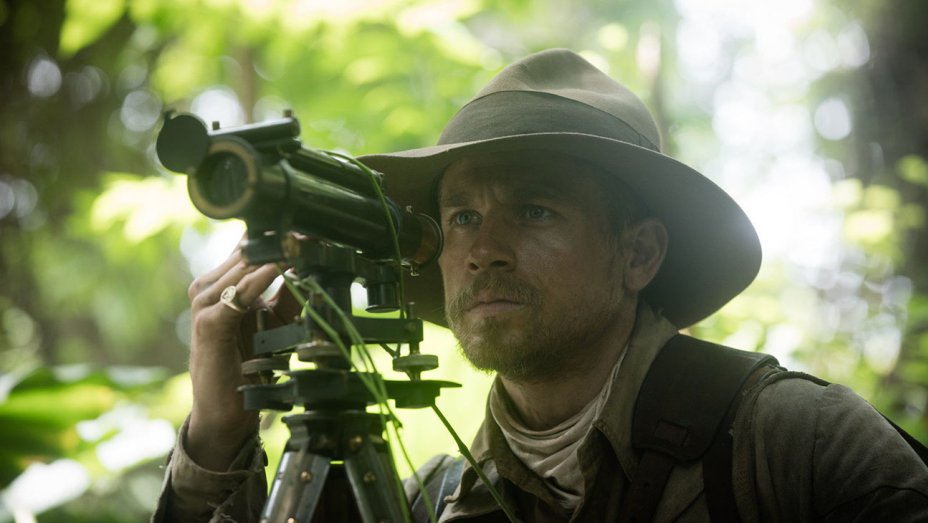
I spy yellow fever, scurvy and malaria!
And I think it’s this nuance that helps THE LOST CITY OF Z truly excel. It is such an astute observation of Europe in the late 1800s, often reminding me of the anthropological precision used in Mike Leigh’s MR. TURNER. Gray makes a clear point to state that the exploitation of South America was primarily fueled by greed, often dictated by a race against major European nations. Racism was secondary, and the prejudices held against the people of Amazonia were convenient justifications for further mistreatment of their land. Fawcett’s character is never likable because of his stature or moral purity (he doesn’t actively condemn slavery even when it’s staring him right in the face), but rather because of his unfiltered lust for adventure. Unlike his peers, there is no apparent desire to undermine the natives; instead, he is willing to give his life to understand how a civilization could exist in such an uninhabitable milieu. Fawcett’s sympathy comes from seeing eye-to-eye with locals, not looking up at them, allowing the film to cleverly navigate through the complex waters of exotification that often plague such films.
What must finally be adressed is that THE LOST CITY OF Z also happens to be one of the single most gorgeous films to come out in a long time. Its crisp, 35mm film photography captures the Amazonian wilderness, trench warfare, and British banquets with a painterly elegance. A notable scene in the third act wonderfully captures the silhouettes of Fawcett and his family embracing in front of a milky, orange backdrop as he embarks on his third quest to South America. This aesthetic elegance also shows in the film’s formal structure, wonderfully furthering themes of spirituality and identity, something that comes to full fruition in the film’s climax. The third act borrows heavily from Fellini’s I VITELLONI and Kubrick’s 2001: A SPACE ODYSSEY, utilizing compositional geography to slip into the minds of our protagonist (you’ll know it when you see it, and trust me, it will destroy you). I haven’t seen such soft, elegant filmmaking since Terence Davies released SUNSET SONG.
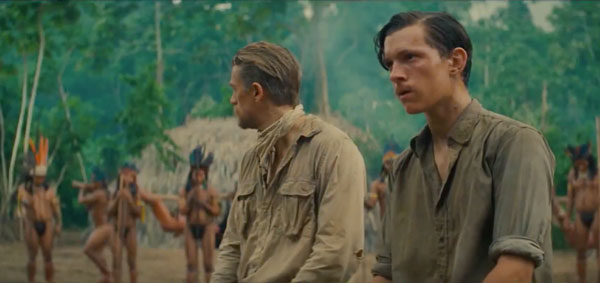
OnePerfectShot: ACE VENTURA: PET DETECTIVE (DP: Don Zimmerman)
Films are rarely made for people that love the adventure of cinema. Usually that phrase is reserved for surface-level observations on works that textually pay tribute to Hollywood, from SINGIN’ IN THE RAIN to ARGO. But THE LOST CITY OF Z is so much more. It is a film that revels in the cinematic legacy of its forefathers, whether they be LAWRENCE OF ARABIA, APOCALYPSE NOW, EMBRACE OF THE SERPENT, or even 2016’s SILENCE. Whether or not THE LOST CITY OF Z holds up next to its ancestors is in the eye of the beholder, but its loving respect to their lineage is unquestionable. It reclaims the sense of adventure presented in these films, and somehow manages to integrate it into the far more humble narrative arc of a highly complex individual. Gray does not paint in black and white (pun intended), and as a result, allows his sprawling film to operate with a deftly edited sense of economy. For a film that is 140 minutes long, there is more to unpack than in an entire season’s worth of television. For what it’s worth, THE LOST CITY OF Z’s own quiet passion for a restorative sense of modernity allows it to shine bright as a guiding light in the jungle of cinematic history.
Verdict: Recommend


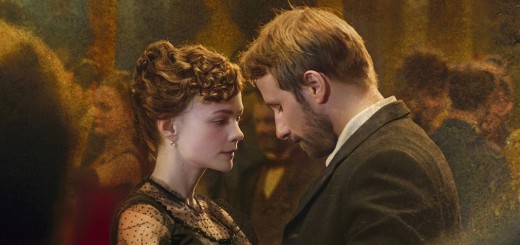
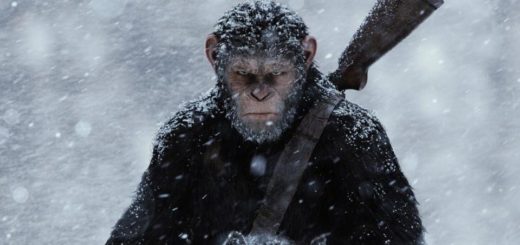
1 Response
[…] XFDR Magazine […]